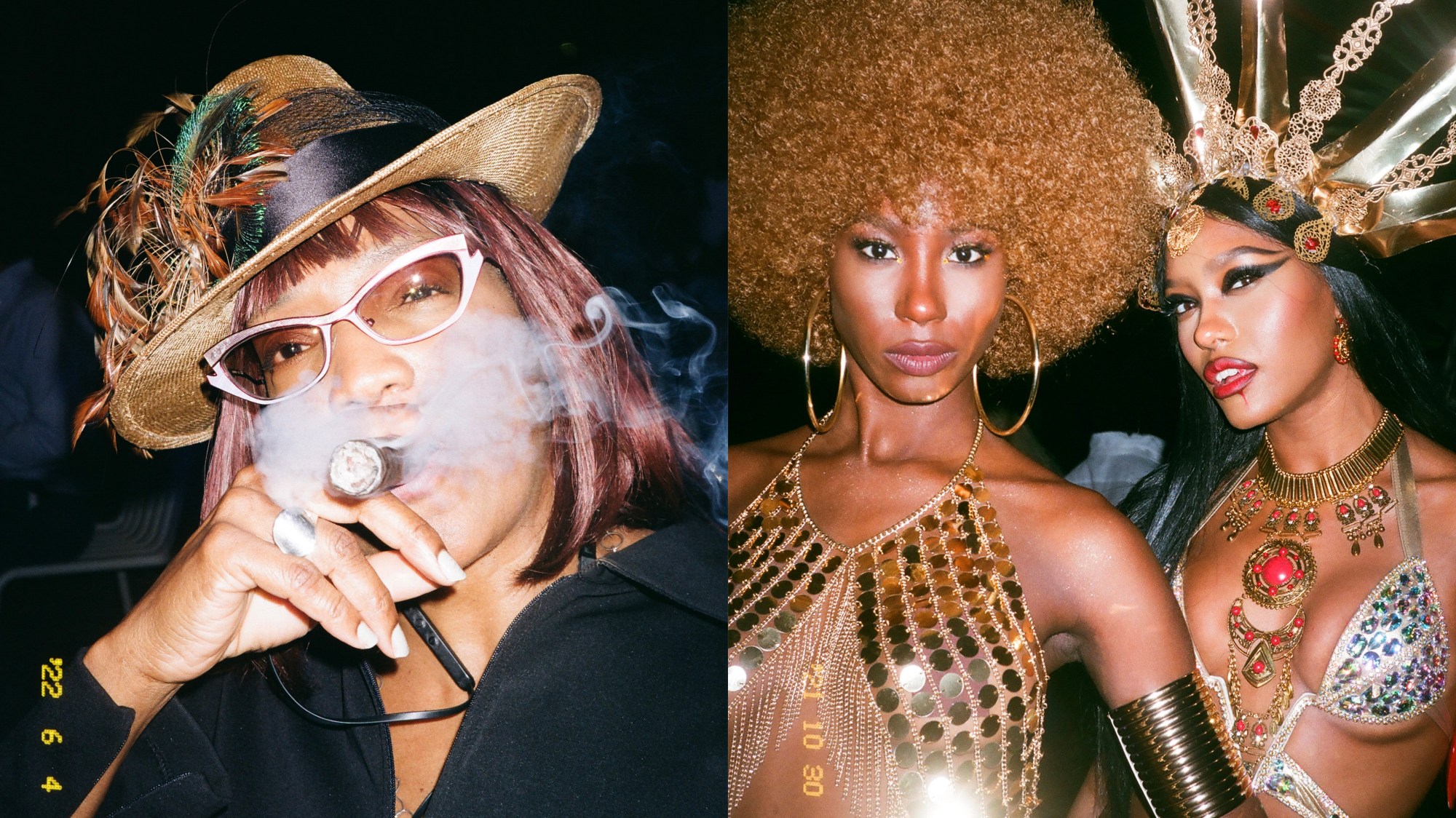One summer afternoon back in 2017, Oluwanisola “Sola” Olosunde and his friends snuck into building near the Brooklyn Navy Yard so they could chill on the rooftop. Then his brother arrived with a message that would change his life forevermore: “I saw this guy selling junk on Myrtle and he had film camera for eight dollars.”
Intrigued, Sola hopped on his bike, copped a camera, and hit the store to buy a roll of film and some batteries. Low and behold, the little Instamatic worked, and Sola immediate set forth on a journey to document the ever changing landscape of the city of his birth. A first generation Nigerian-American, Sola spent his childhood in the Clinton Hill section of Brooklyn, long before legions of tourists started snapping selfies in front of the childhood home of Biggie Smalls.
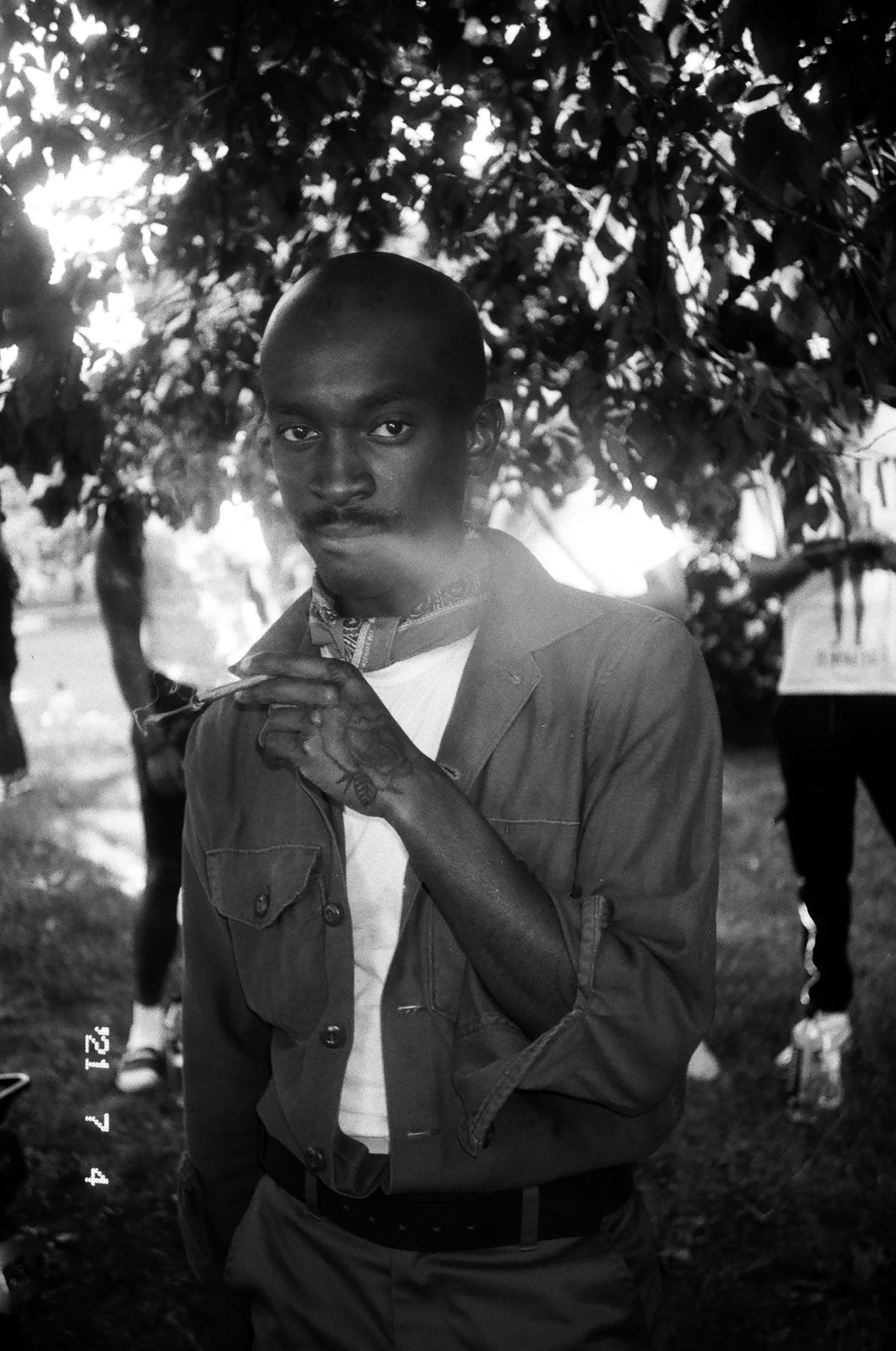
“Growing up in Brooklyn made me appreciate community,” Sola, now 26, tells me. “My building had a lot of Nigerian immigrants, and everybody knew each other. But as time progressed, all that changed. Brooklyn was experiencing gentrification, especially after the Barclays Center was built. When I was 11, we moved to Far Rockaway in Queens because the housing market exploded.”
Though he now lives at the southern end of the A line, Sola has not resigned himself to the outer borough life. Blessed with a penchant for exploration and adventure, he stays in the mix with his camera, backpack, and bike. While everyone was shooting digital, Sola went old school — which is perfectly aligned with his singular style of cool. “The reason I wanted a film camera was to take pictures of the street because it really annoyed me when I would be riding down a block and it looked totally different than it did two weeks earlier,” he says. “I didn’t want to forget what was there, so I started taking pictures to create an archive of how New York looked when I was growing up.”

As native New Yorkers know all too well, the key word in the city’s name is “New”. Standing at the vanguard of art and industry, New York embodies Greek philosopher Heraclitus’s observation: “The only thing that is constant is change.” Sola first discovered this as a child while accompanying his father on errands around Manhattan and Queens. “He would talk about how much the city has changed from when he arrived in the 80s up until the early 2000s and that really piqued my interest,” Sola says. “My dad was telling me about how horrible it was, but it looked perfectly fine to me. So I started doing Google searches as a kid in middle school, looking up the things he was talking about.”
Sola’s early expeditions into the past established a lifelong love for the history of Black New York, while raising his awareness of the media’s role in chronicling which stories get told. In 1905, journalist George Helgesen Fitch wrote: “The newspapers are making morning after morning the rough draft of history. Later, the historian will come, take down the old files, and transform the crude but sincere and accurate annals of editors and reporters into history, into literature.” But what of the stories that don’t get reported, the ones that those historians ignore or overlook? Sola noticed a striking discrepancy between the world he inhabited and the New York seen in the media. “When I was younger, people I knew were murdered but it wouldn’t be on the news; it was almost like it never happened,” he says. “I realised there are so many things that people experience that are never recorded or broadcast. When you get down to local history, you start to uncover these types of stories.”
While pursuing his BA in American History and International Political Science from Queens College and MA in Urban Planning at Hunter College, Sola delved deeper into New York history and was blown away by what he found. “It really bothered me that academia keeps all of this information and doesn’t try to share it with the masses, even though they can benefit from it. I started to share what I knew with people on social media,” he says of the genesis to create a very popular series of New York history tweets.
Using his access to the CUNY library system and online academic databases as well as the Schomburg Center for Research in Black Culture, the Internet Archive, and the American Archive of Public Broadcasting, Sola began curating a photos and videos documenting an expansive array of histories of Black New York dating back to the Civil War draft riots of 1863. “I’m big on primary sources,” Sola says. “It’s great that people can watch a video from 1976 and take what they want from it rather than me interpreting it.”
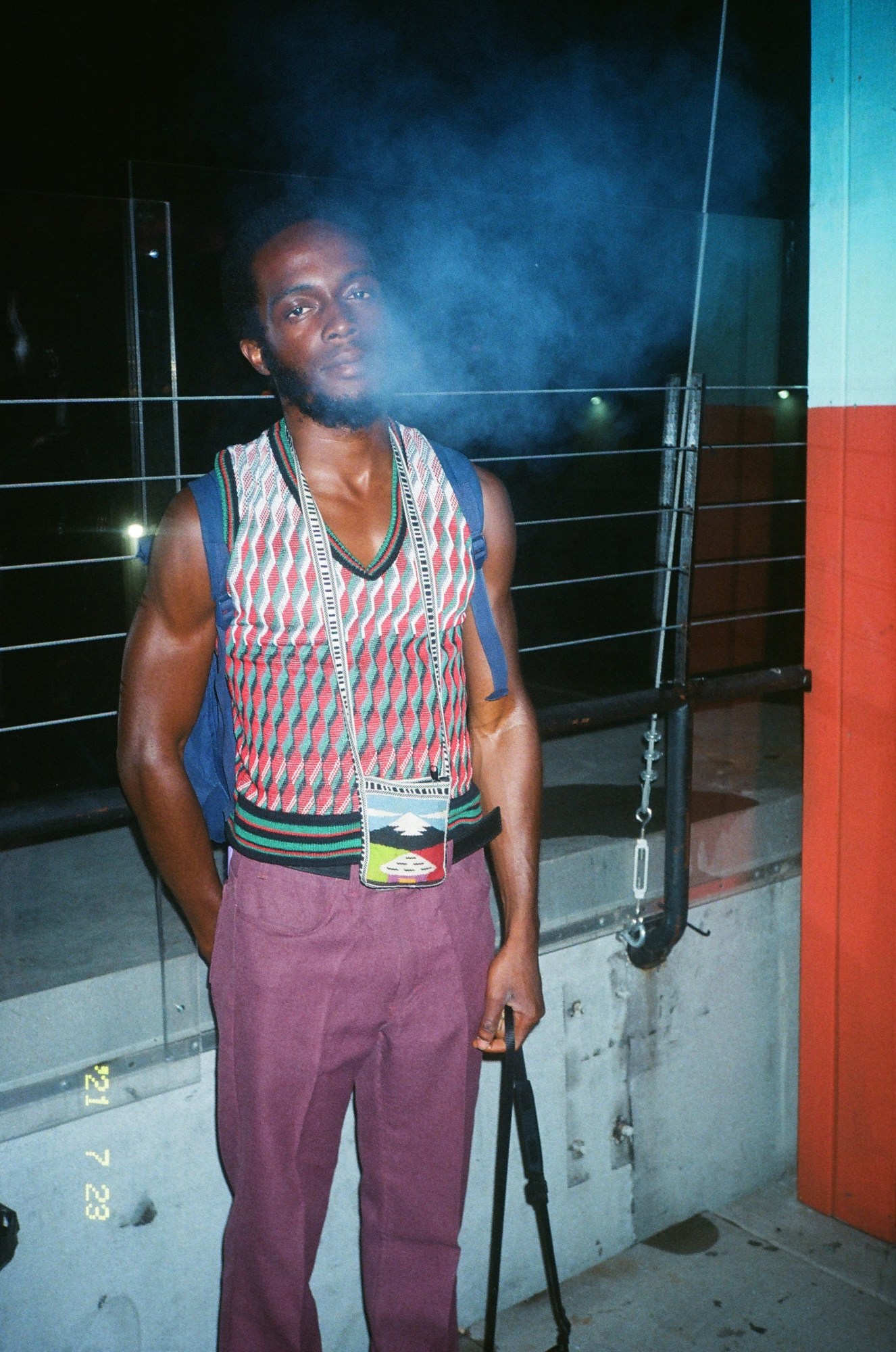
His work has also inspired others to draw vital connections between present and past. In 2019, Sola shared video footage from 1975 of a racist attack on Black children in Rosedale, Queens. The tweet went viral, making a profound impression on those who may have been unaware of the city’s brutal history of de facto segregation. After engaging with Sola’s work, reporters at The New York Times searched for those children (now in their 50s) and published their reflections on the uprising, following the murder of George Floyd.
Although his Twitter account has been locked on occasion for copyright infringement, Sola remains committed to empowering the people knowledge, wisdom, and understanding. Whether spotlighting the harrowing impact of “benign neglect”, the heroin, crack and AIDS epidemics, police brutality, or elevating community projects like Banana-Kelly Community Improvement Association, summer traditions like the block party and the West Indian Day Parade, and insightful conversations with Harlem youth in 1964, Sola’s tweet series has become an intergenerational thread of histories weaving through the city’s rich African diaspora. “It’s a privilege to grow up in New York because we have such a global Black population,” Sola says of the city’s wealth of neighbourhoods, home to Africans, West Indians, and Black Americans who have forged political, social, cultural, and liberation movements that have shaped world history for more than a century.
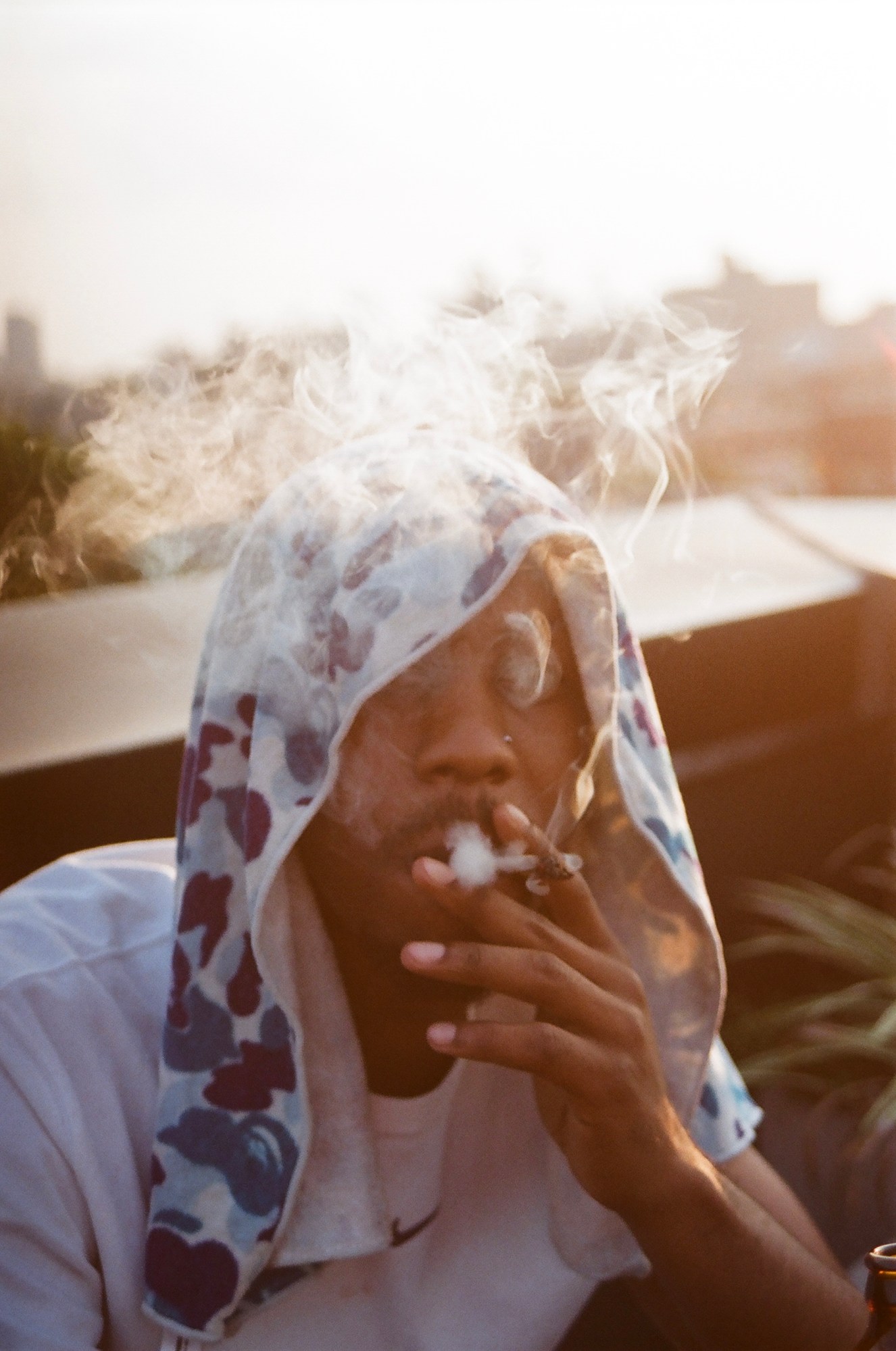
“Throughout history we have a sense of community and camaraderie with other Black people,” he says. “Even if they’re older, you still understand their experience. You can recognise the smell of jerk chicken, see older women on Sundays in their big hats and dresses going to church, and people putting shopping bags on their heads so their hair won’t get wet — these are things we all can relate to because we grew up in the same place. When I’m taking photos, I always think about how this is something that anyone can relate to, especially if you’re from New York because you’ve seen it before.”
While Sola possesses a profound love and respect for history, he is not trapped in the nostalgia-tinged glow of the past. Recognising the time is now, he takes his rightful place as among the New-est Yorkers remaking the city in their own image. As host of the Beautiful Faces party, which celebrates its first anniversary of 6 August at Knockdown Center, Sola documents a new generation of youth coming into their own today. What started as a small rooftop party has organically grown over the past year to attract more than 1,000 people to events in Bushwick, East Williamsburg, and Downtown Brooklyn.

At the same time, Sola works as an urban planner for the city government. “I can’t save the city single handedly but I want to figure out ways to stop the housing problem” he says. Using his research skills, Sola gathers information about new proposals for developments, with an aim to become more involved with policy and help make zoning changes that would facilitate more low income housing.
Dedicated to using the lessons of the past to forge a better future while finding pleasure and joy in the present day, Sola is blessed with an innate ability to keep pace with a city that refuses to slow down. While some struggle with the ever-changing nature of New York, Sola understands the secret to success is modifying and molding the present to benefit the greater good.
The Beautiful Faces first anniversary party will be held on 6 August at Knockdown Center in Maspeth Queens. Beautiful Faces will also be in Los Angeles on 24 July for a party at Tenants of the Trees.

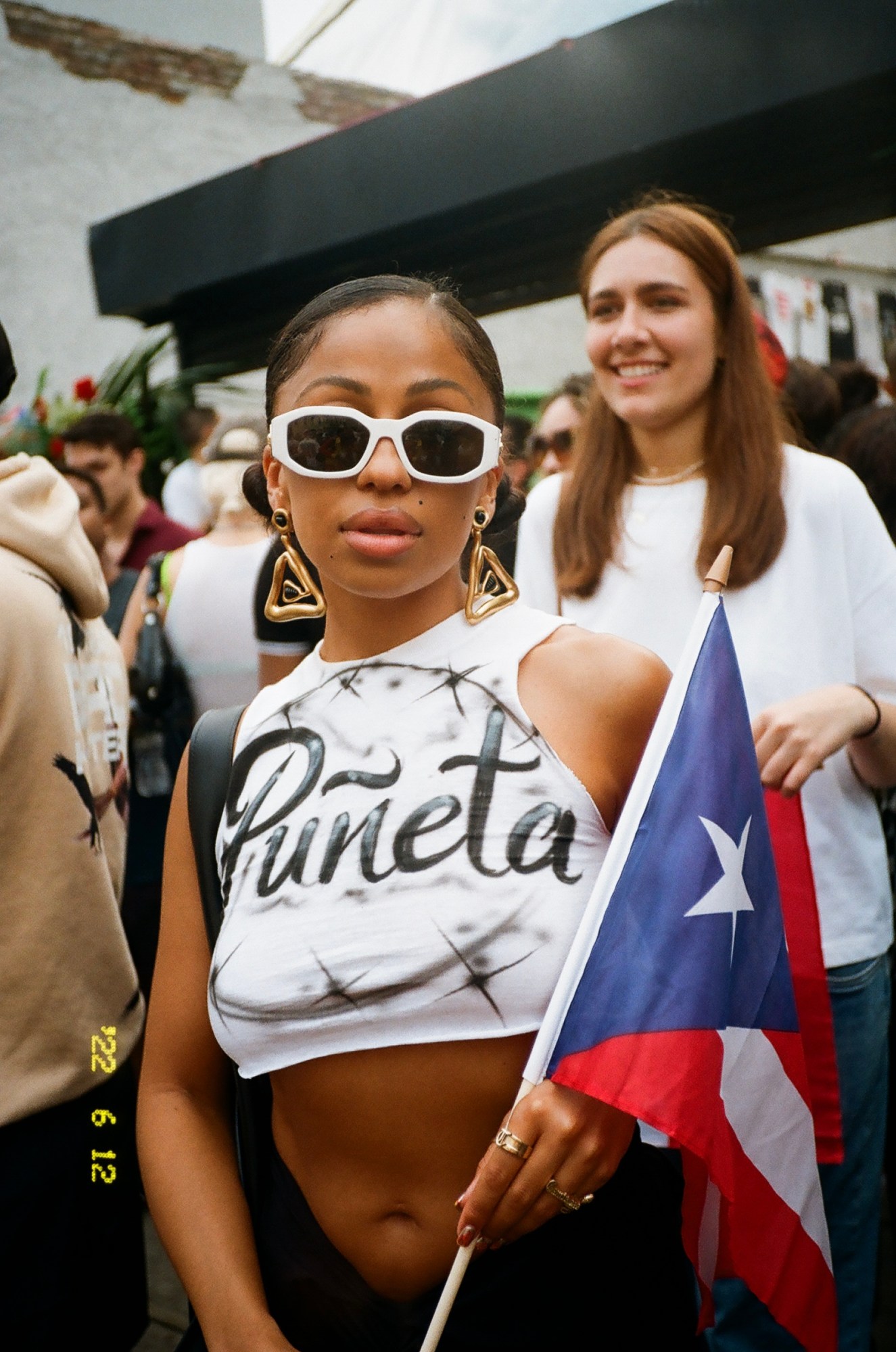

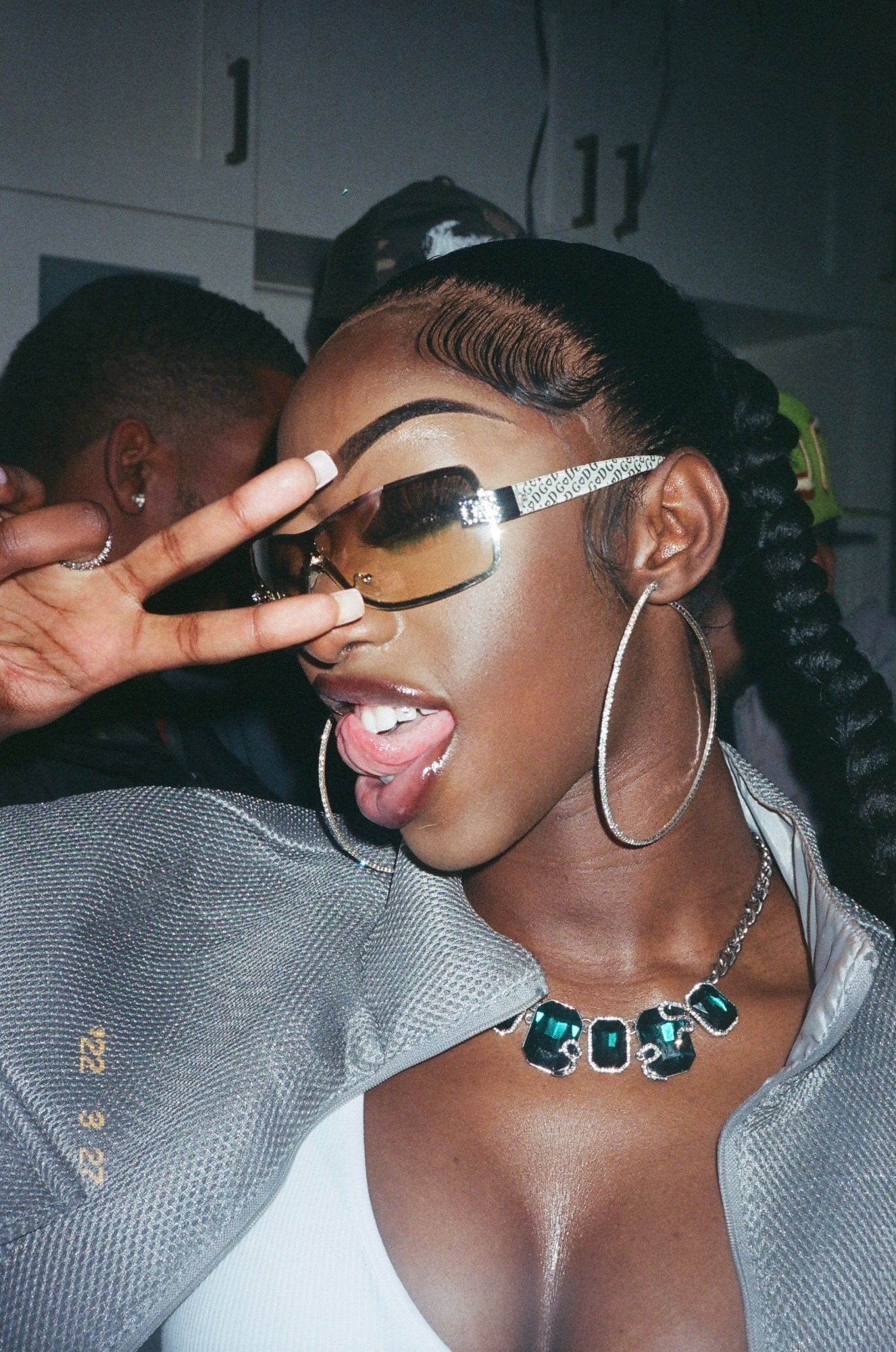
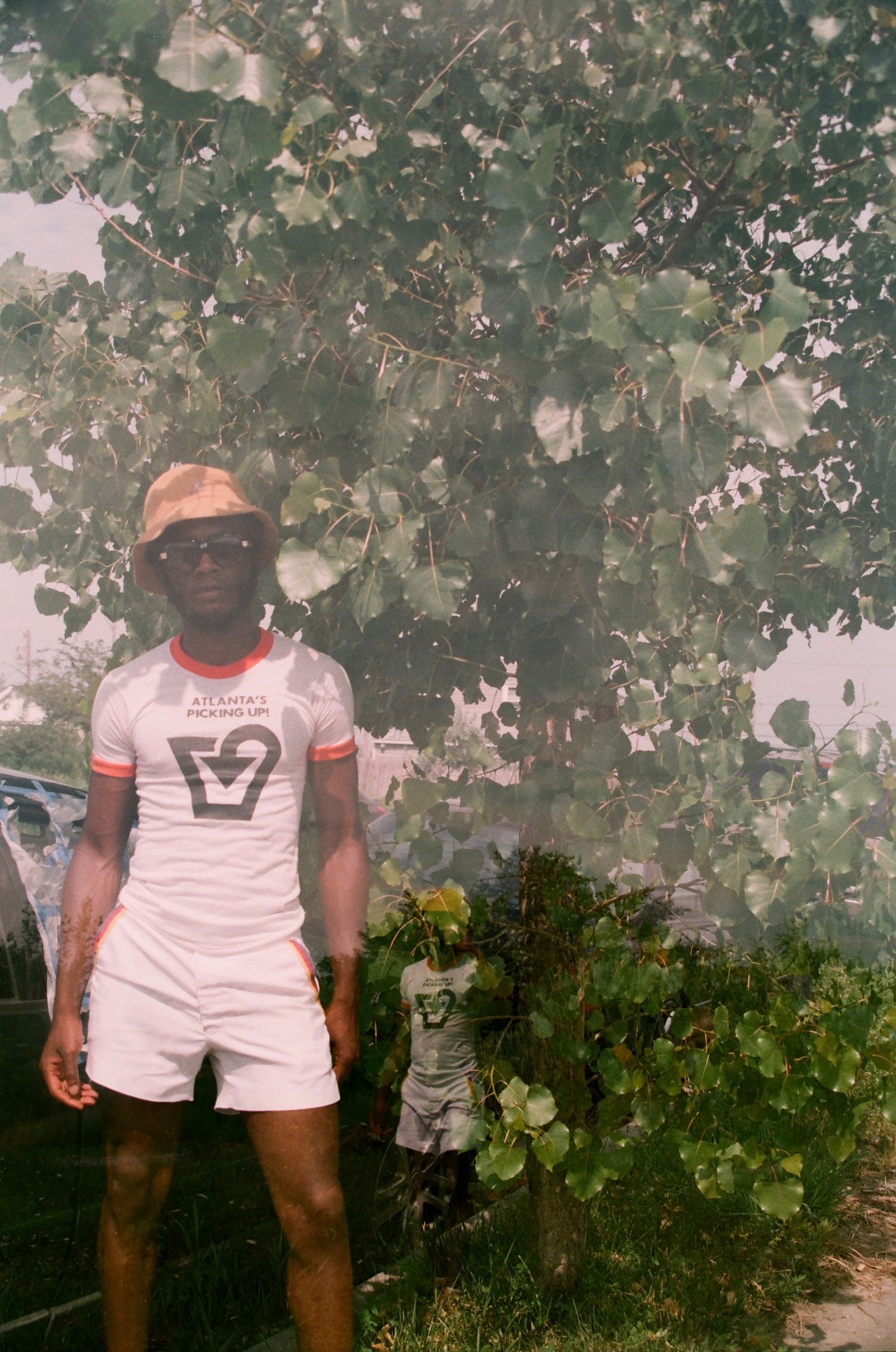
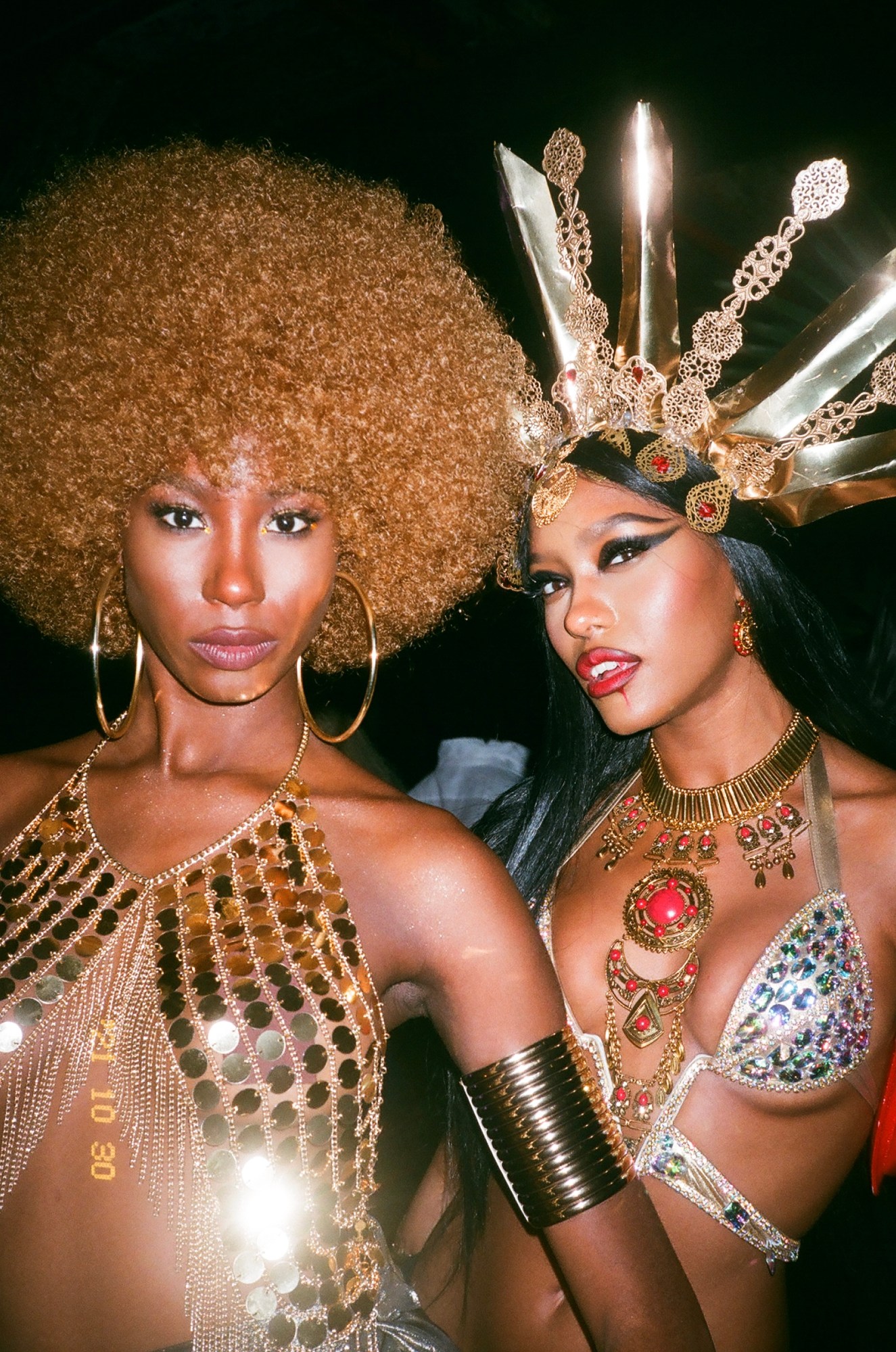
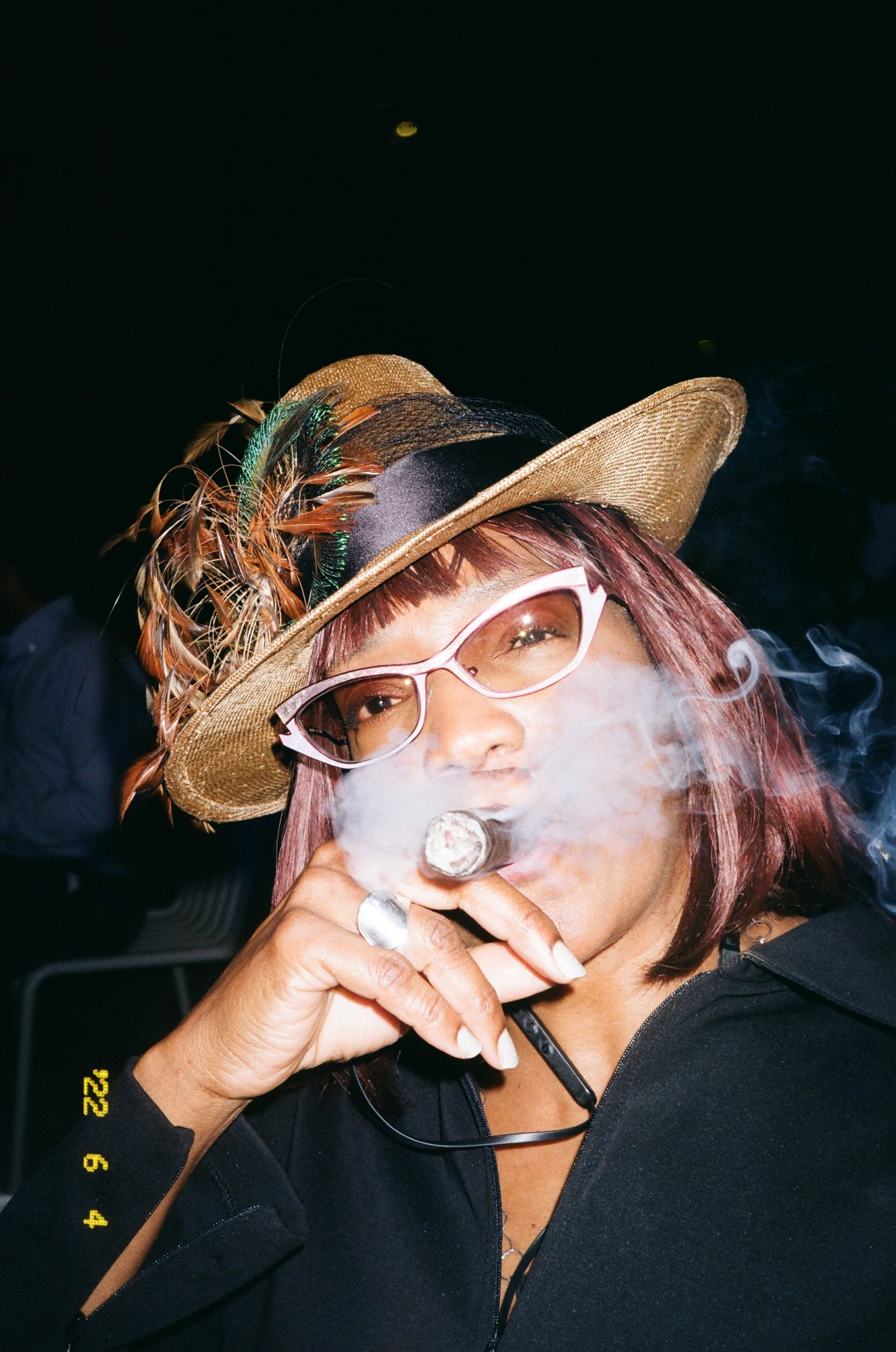
Credits
All images courtesy of Oluwanisola ‘Sola’ Olosunde
